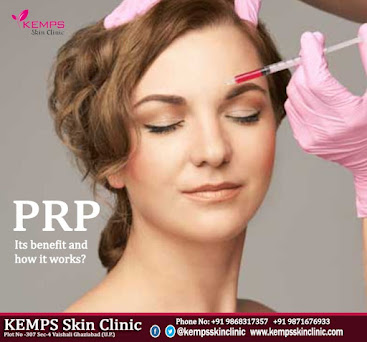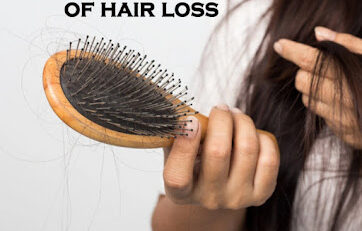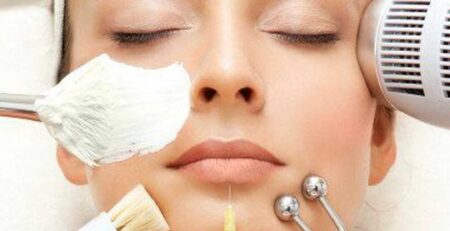What is PRP, its benefit and how it works?
Definition of Platelet-Rich Plasma(PRP)
Doctors first used PRP in medicine in Europe in 2005, PRP helped promote wound healing, often in plastic surgery, orthopedics, and sports medicine.
PRP is still often used to help people and athletes recover from joint-related injuries, but it wasn’t until five or so years ago that dermatologists started using the therapy to treat hair loss.
How does it work?
Platelets are blood cells that play an important role in wound healing. They help form clots to stop bleeding and can support cell growth.
To prepare a PRP injection, a medical professional will take a sample of a person’s blood. They will seal this sample in a container and place it in a centrifuge. This device then spins at such a high speed that the blood sample separates into component parts, one of which Trusted Source is PRP.
The medical professional will then extract this plasma and prepare it for administration.

While PRP may sound like something straight out of a science-fiction novel, some patients are finding that PRP can:
· Reduce wrinkles
· Plump up sagging skin
· Get rid of deep creases
· Improve one’s complexion
· Diminish acne scars
What are the benefits?
Some examples of treatment areas where doctors use PRP include:
Hair growth: Injecting PRP into the scalp may help reduce inflammation that can lead to hair loss.
Study says that males receiving PRP treatment grew more hair, and with significantly more density, than males who did not get the treatment. However, this was only a small-scale study, and further controlled research is necessary to fully assess the efficacy of PRP in hair growth.
Tissue healing: Doctors may use PRP injections to help promote tissue healing. Moreover, PRP therapies may aid in bone healing. However, studies in this area are inconclusive on the benefit of PRP treatments. Study suggests that the lack of standardization in the preparation and use of PRP could be a factor in these inconclusive reports.
Is PRP safe?
While dermatologists still have many unanswered questions, the procedure itself appears safe.
You may have a bit of pain, bruising, and swelling afterwards. These tend to go away within a few days.
The biggest risk comes from the way your blood is handled. It’s essential that the blood removed from your body be kept sterile. Otherwise, you could develop an infection. For your safety, the facility should also follow the same process that transfusion centers use to make sure that your own blood is injected back into you. If you receive someone else’s blood by mistake, you could become very sick.
How much does it cost?
Because PRP is given to improve a person’s appearance, medical insurance doesn’t cover the cost. In the India, it’s estimated that the cost of each treatment session you may contact KEMPS Skin Clinic, Vaishali Sec.4. Ghaziabad.













Leave a Reply